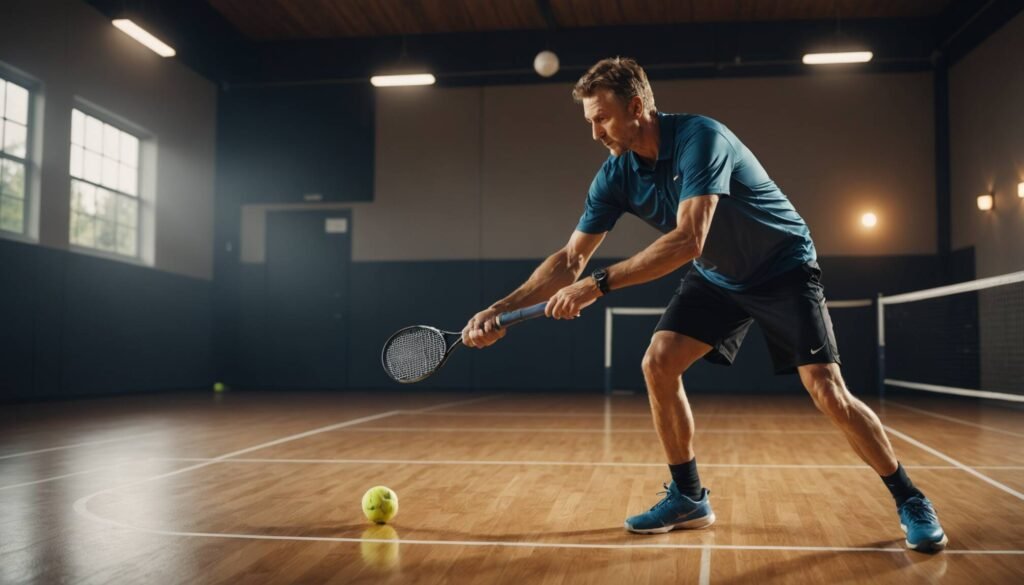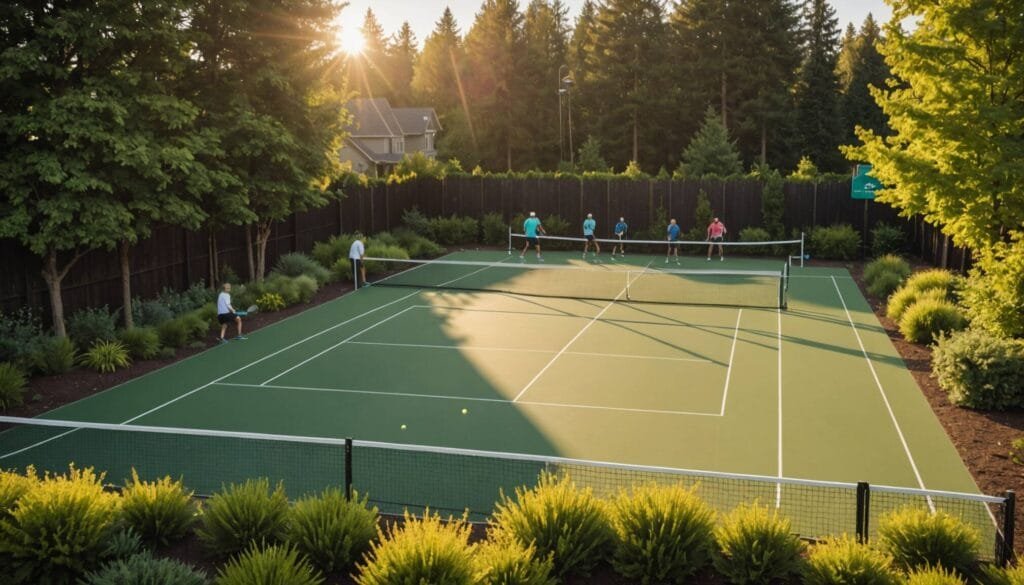Mastering Aggressive Dinking in Pickleball: Essential Tips and Common Mistakes to Avoid
Understanding Aggressive Dinking: A Comprehensive Guide
In the evolving world of pickleball, aggressive dinking has become a crucial skill that separates recreational players from competitive ones. This advanced technique isn’t about brute force – it’s about strategic placement, calculated pressure, and knowing exactly when to strike. Top-ranked PPA pro James Ignatowich, known for his exceptional dinking abilities, has revealed key insights that can transform your approach to this essential aspect of the game.
The Fundamentals of Aggressive Dinking
For those new to pickleball, a dink is a soft shot hit from near the non-volley zone (kitchen) line that travels with an arc over the net and lands in the opponent’s non-volley zone. Aggressive dinking takes this basic concept and adds elements of strategy, deception, and controlled power to create opportunities for winning points.
Deep vs. Shallow Placement Strategy
One of the most critical aspects of aggressive dinking is understanding when to hit deep versus shallow. When taking the ball out of the air, Ignatowich recommends hitting deeper dinks. This strategic choice creates natural hesitation in opponents, who typically back up slightly from the kitchen line in anticipation of a potential speed-up shot. This slight repositioning creates valuable opportunities for aggressive dinks targeted at their feet.
Shallow dinks, conversely, serve a different purpose. They’re most effective when you’re in a defensive position, particularly after your opponent has hit an aggressive dink. The goal of a shallow dink in this situation isn’t to win the point outright but to neutralize the threat and reset the point to a more favorable position.
Advanced Technique Breakdown
Ignatowich’s approach to topspin dinks challenges traditional methods. Rather than relying on wrist action or crossing the body with the paddle, he advocates for a technique inspired by tennis great Rafael Nadal. The key elements include:
- Maintaining a locked (but not rigid) wrist position
- Finishing on the same side of your body
- Never crossing the plane of your body with the paddle
- Using a ping-pong style forehand motion for crosscourt shots
The Three Critical Mistakes to Avoid
Based on extensive coaching experience, Ignatowich identifies three common mistakes that can derail your aggressive dinking game:
- Insufficient Leg Engagement: Standing too upright severely limits your ability to generate controlled power and maintain accuracy. Proper knee bend is essential, especially for backhand dinks.
- Passive Ball Reception: Waiting for the ball to come to you is a major error. Success requires actively moving forward and meeting the ball at its highest point.
- Improper Wrist Usage: The most detrimental mistake is the windshield wiper motion across the body. While slight upward wrist movement is acceptable, lateral wrist movement leads to inconsistency.
The Two-Handed Backhand Revolution
A significant innovation in modern pickleball is the two-handed backhand dink, pioneered by Ignatowich and Riley Newman. This technique has gained widespread adoption among top players for several reasons:
- Enhanced control and stability
- Greater deceptive capabilities
- Improved power distribution between hands
- Better body positioning through forced knee bend
The key to executing this shot effectively is maintaining your paddle face above your hands throughout the motion, with approximately 70% of the power generated from your non-dominant hand.
Strategic Implementation
Successful aggressive dinking requires more than just technical proficiency. Players must develop:
- Situational awareness to recognize opportune moments for aggressive play
- The ability to read opponent positioning and tendencies
- Quick decision-making skills between aggressive and defensive options
- Pattern recognition for common game scenarios
Training and Practice Recommendations
To develop your aggressive dinking skills, consider incorporating these practice elements:
- Dedicated dinking drills focusing on depth control
- Partner exercises alternating between aggressive and defensive dinks
- Video analysis of your technique
- Regular practice of both one-handed and two-handed variations
For more advanced training techniques, check out these pickleball drills disguised as games that can help improve your overall game.
Conclusion
Mastering aggressive dinking requires a combination of technical skill, strategic understanding, and practical experience. By avoiding common mistakes and implementing proper technique, players can significantly improve their effectiveness at the kitchen line. Remember, the goal isn’t to overpower opponents but to create pressure through strategic placement and deceptive shot selection.



